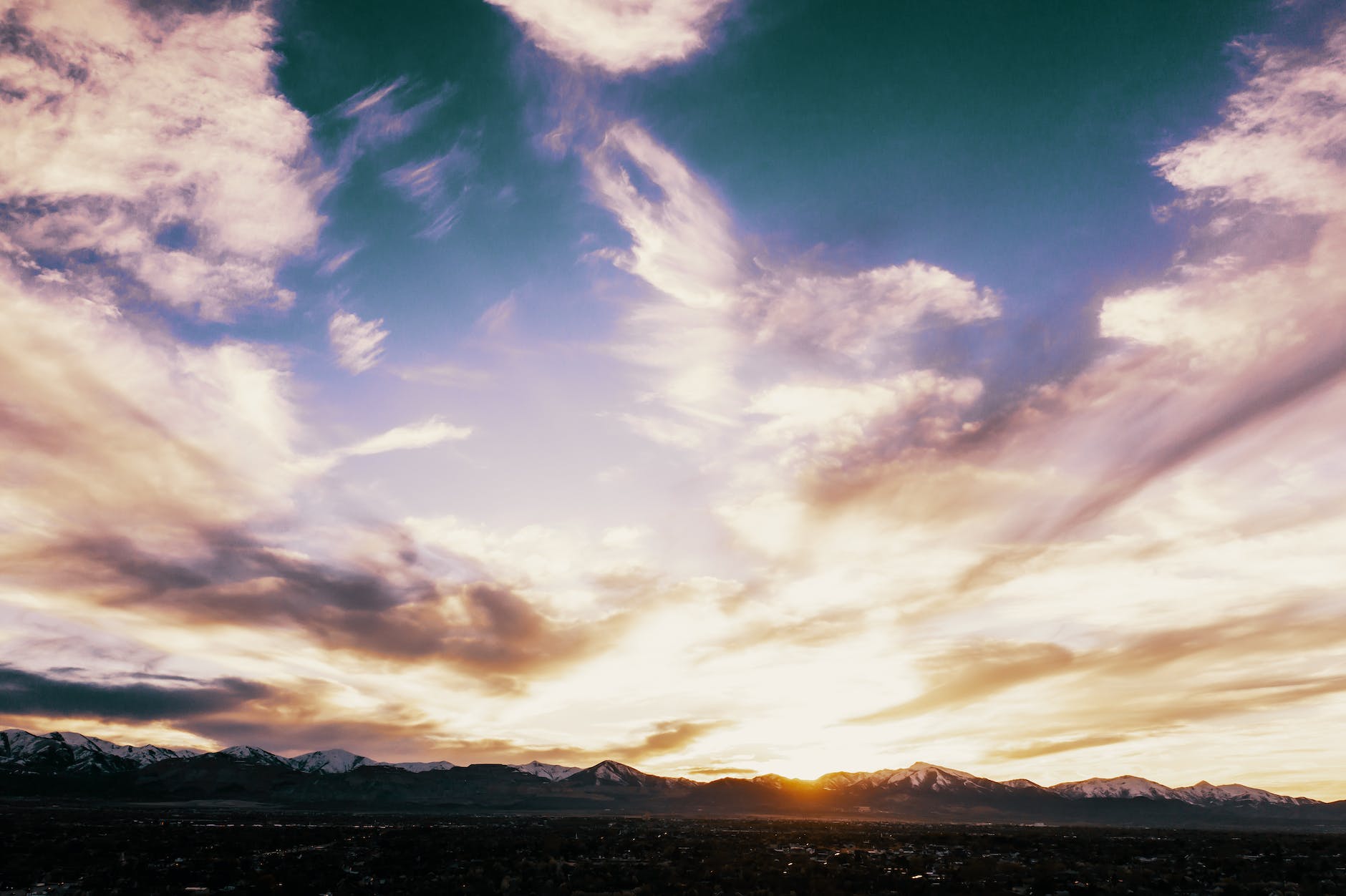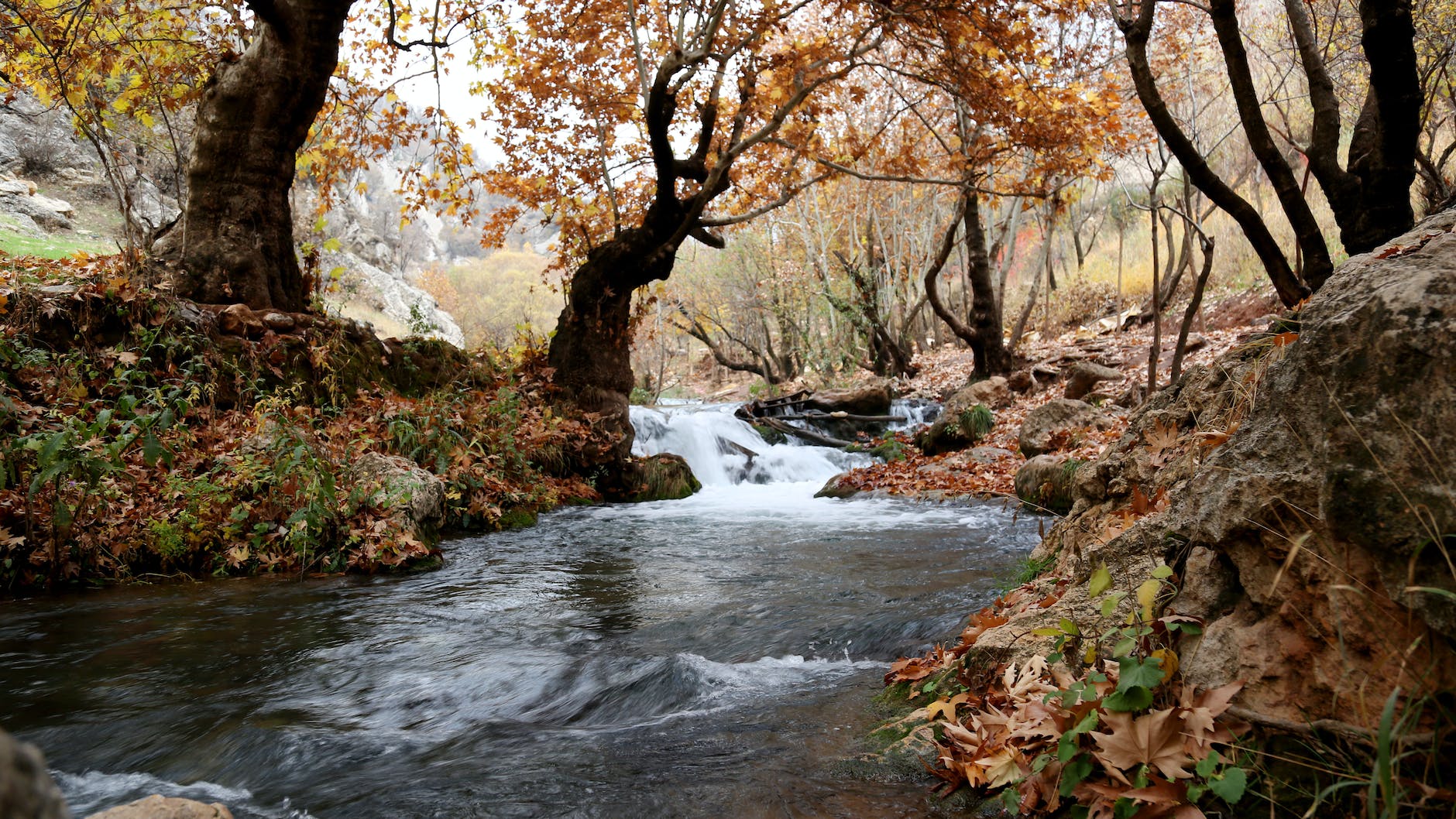
Rep. Ivory, R-West Jordan, sponsored HJR19, a resolution supporting a piece of federal legislation called the Helping Open Underutilized Space to Ensure Shelter (HOUSES) Act. Ivory is a manager for two real estate affiliated companies — Mission Property Management and 9615 Property Management — according to his financial disclosure form.
“We’ve learned that about 150,000 acres of federal lands are within city boundaries,” Ivory told the House Public Utilities, Energy, and Technology Committee on Thursday evening. “There’s another about 600,000 acres that are within a mile of city limits.”
The HOUSES Act, sponsored by Utah Sen. Mike Lee last year would open up certain public lands managed by the Bureau of Land Management to housing developers. Some critics of the legislation note that it doesn’t require those homes to be affordable, calling it a “McMansion Subsidy Act.”
The proposal would require that 85% of public lands sold be used for residential development and that 4 homes be built per acre. The other 15% could be used for commercial businesses or “other needs of potential communities.”
My guess is that the use of the word McMansion here refers less to a home with mixed-up or garish architectural features and more to big houses in the suburbs. More like “McMansions sprouting” or “cookie-cutter large homes” suddenly arriving in fields. The sprawl that has marked America for decades. And why should new housing opportunities go to people with resources? (See the different traits of McMansions here.)
At the same time, if these lands were opened up and they were filled with denser condos or communities of tiny homes, critics might still have concerns. Allowing the use of public land can be contentious as protected open spaces have value. If one goal is to not allow sprawl to take over everywhere, opening federal land is not a line some would want to cross.
Another question: does simply adding any housing to the housing stock help by adding to the supply? Or, is it more important that affordable housing is added? The charge of McMansions being constructed with subsidies suggests these may be houses for people who do not need help or that adding such housing might not help the housing issue.



